
Linux Mint Debian Edition (LMDE) offers an alternative for users who prefer what Debian offers over Ubuntu. This variant strips away Canonical's Ubuntu-specific modifications while keeping the familiar Cinnamon desktop experience around.
The project exists as a contingency plan. If Ubuntu's development were to stop, Linux Mint could pivot to LMDE without disruption. It also acts as proof that Linux Mint's tools work beyond Ubuntu's ecosystem.
The developers recently released LMDE 7 "Gigi", which is built on Debian 13 and packed with refinements from the recent Linux Mint 22.2 "Zara" release.
1. Linux Kernel 6.12

LMDE 7 ships with Linux kernel 6.12, an LTS release supported until 2026 that packs in some notable hardware support. If you have a newer Intel-powered computer with Arrow Lake or Lunar Lake chips, AMD-powered graphics with RDNA 4, or a Raspberry Pi 5, LMDE 7 works out of the box without driver headaches.
Laptop owners with ASUS Vivobooks, ThinkPads, or recent Dell systems can now control fan profiles and battery settings directly from within LMDE. No more jumping into BIOS menus to adjust these configurations. Real-time PREEMPT_RT support is also included for systems requiring precise timing.
2. New /tmp Behavior
Following what Debian 13 does, LMDE 7 stores temporary files in the RAM instead of the disk. This means applications that use /tmp frequently, like compilers or video editors, run noticeably faster since RAM is quicker than storage.
Plus, the system automatically cleans up after itself now. Files sitting unused in /tmp for 10 days get deleted, and /var/tmp clears after 30 days.
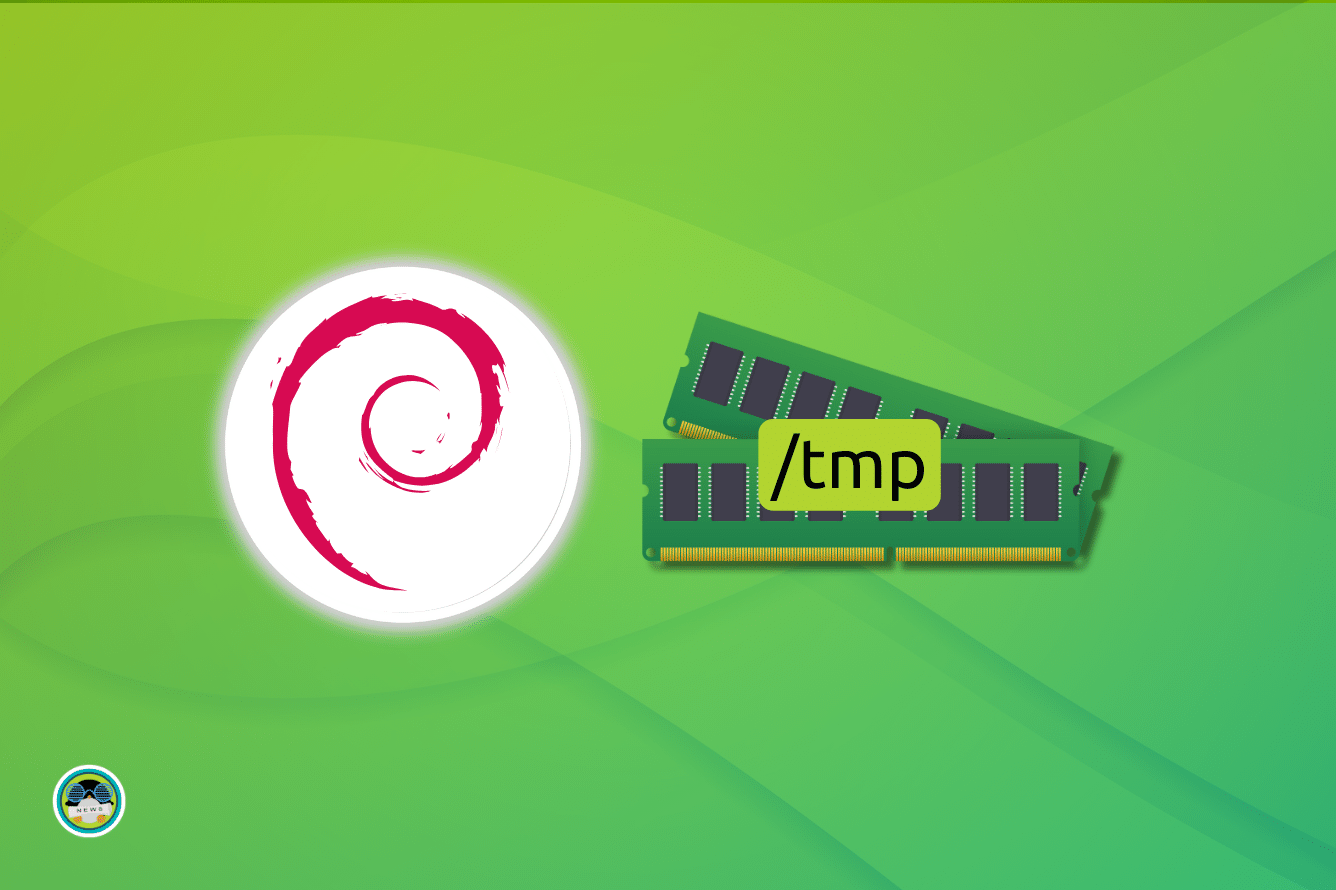
3. User Interface Refinements
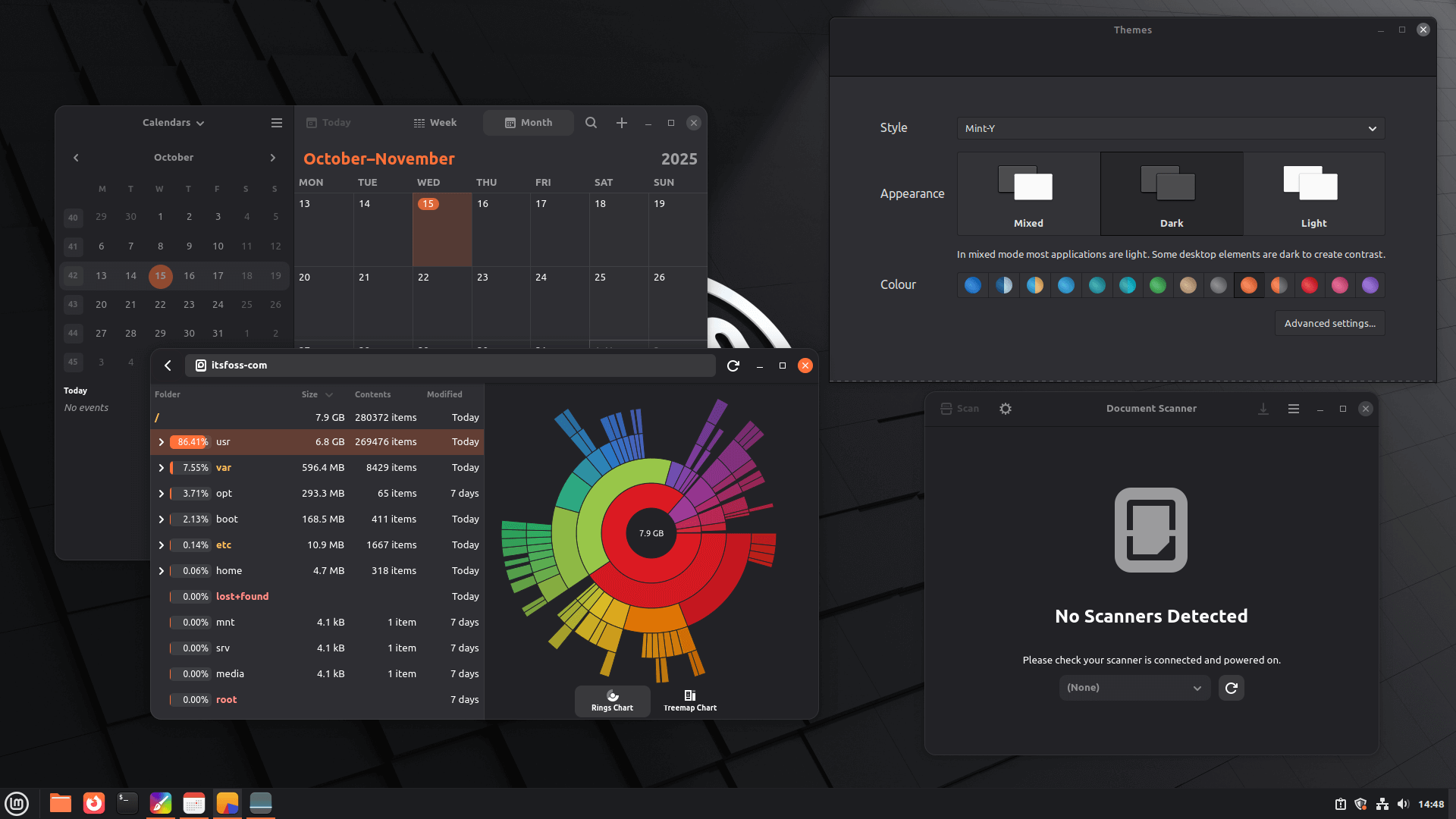
There are many user interface buffs with LMDE 7, and these are basically the same ones from the Linux Mint 22.2 release. We have the blur effects on the login screen, applied to both the panel and dialog box, and support for user avatars.
The libAdwaita library now works properly with Mint themes instead of ignoring them. This means GNOME apps like Calendar and Document Scanner actually follow your chosen theme (Mint-Y, Mint-X, or Mint-L) and accent color instead of looking out of place.
Moreover, gray-colored interface elements throughout LMDE 7 now have a blue tint mixed in. This gives the desktop a cooler, more upscale feel similar to what you see in modern apps like Firefox and Trello.
4. Inclusion of APT 3.0
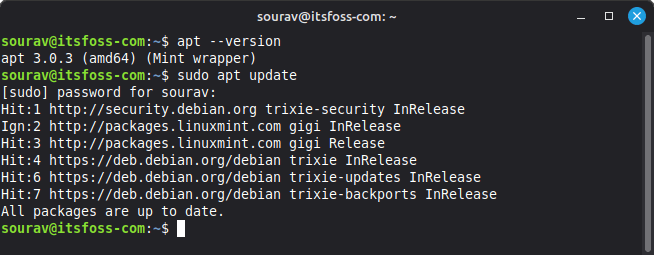
Package management in LMDE 7 is now handled by APT 3.0 with the Solver3 algorithm. When you install software with dependencies, the system figures out what's needed more intelligently and handles conflicts better than before.
And the terminal output now uses colors. Packages being installed show up in green, removals appear in red, and progress bars are much clearer than before.
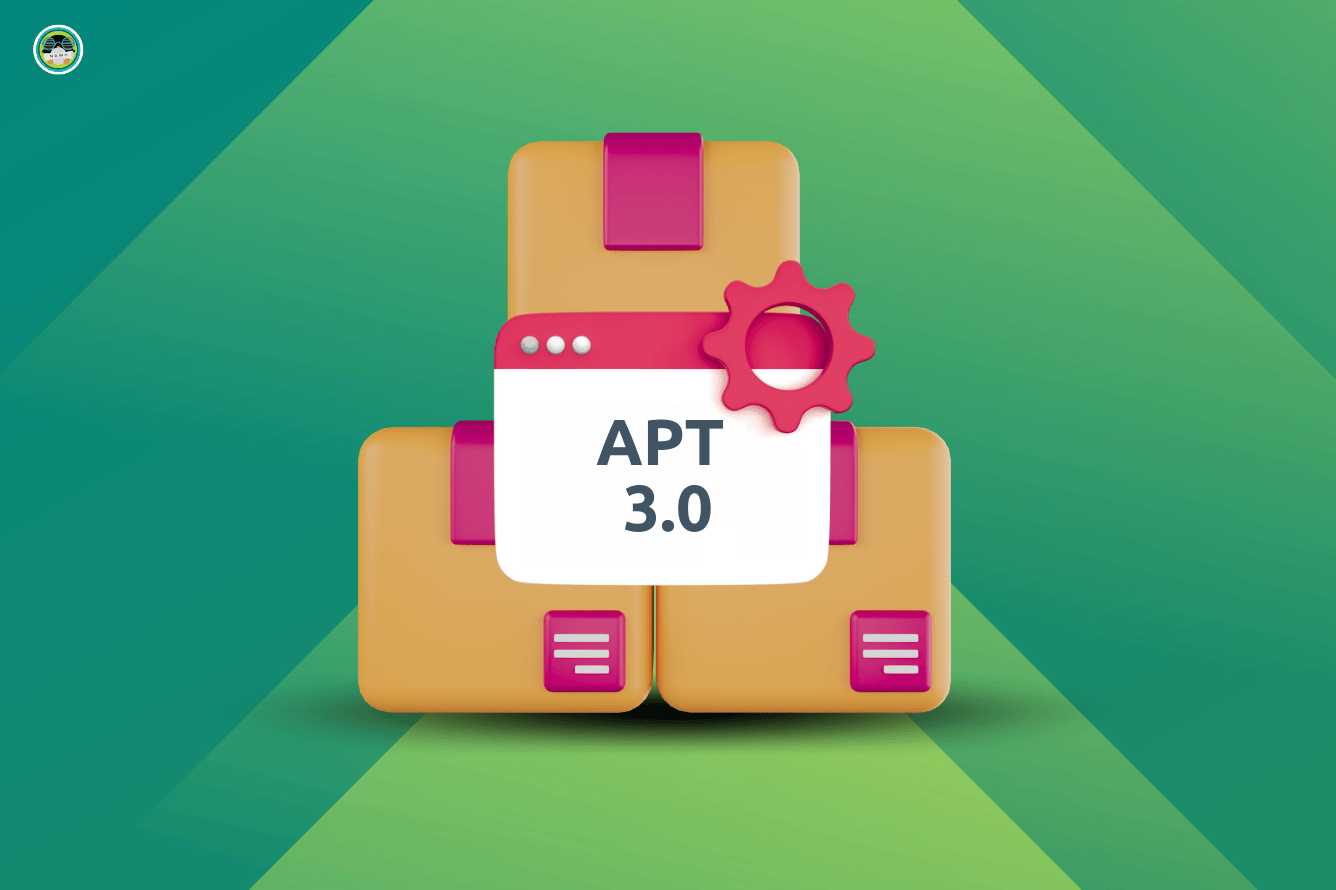
5. Core Application Upgrades
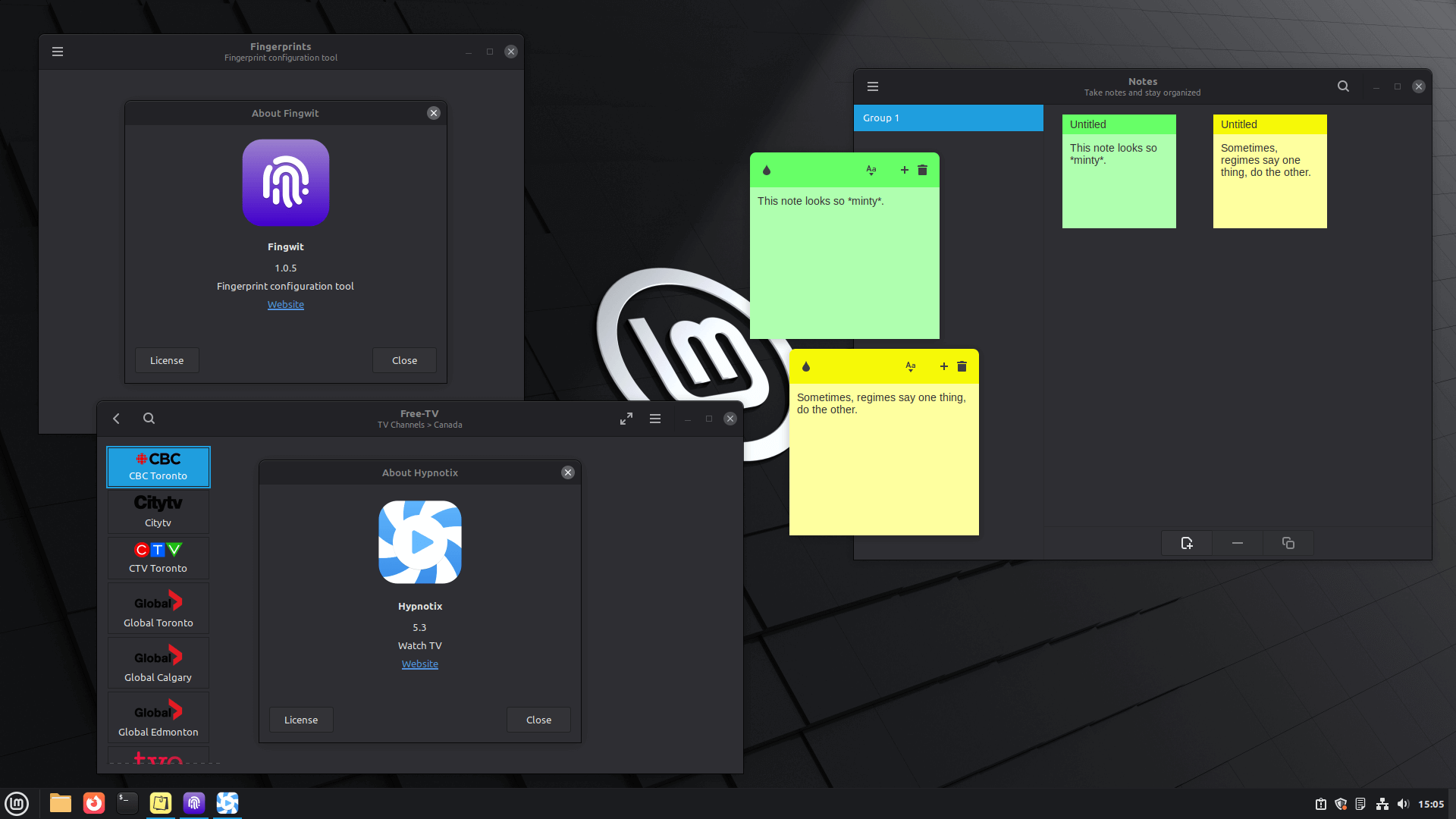
Software Manager explains package types better now. A question mark tooltip appears when browsing apps, clarifying whether you're looking at a Flatpak or system package before installing.
Hypnotix gets two viewing modes for watching IPTV streams. Theater mode removes all controls for full-window video, while Borderless strips window frames for distraction-free viewing.
Similarly, Sticky (notes) now works on Wayland sessions and features rounded corners, and Fingwit has been brought in for fingerprint authentication across LMDE 7. If your laptop has a fingerprint scanner, you can unlock the screen, authorize sudo commands, and approve system changes without typing passwords.
📥 Get LMDE 7
This 64-bit-only release is available on the official website, with direct downloads and torrent options hosted on mirrors worldwide.
For existing users, the upgrade path is straightforward. After backing up your data, start the upgrade process by running sudo apt update to refresh your package lists, then install the upgrade tool with sudo apt install mintupgrade.
Afterwards, launch it using sudo mintupgrade and follow the on-screen instructions. When the upgrade is done, reboot your system with sudo reboot. This is a major upgrade, so expect it to take some time.
If you are using LMDE 7 Beta, you don't need to upgrade. Just apply any available updates via the Update Manager.
Suggested Reads 📖
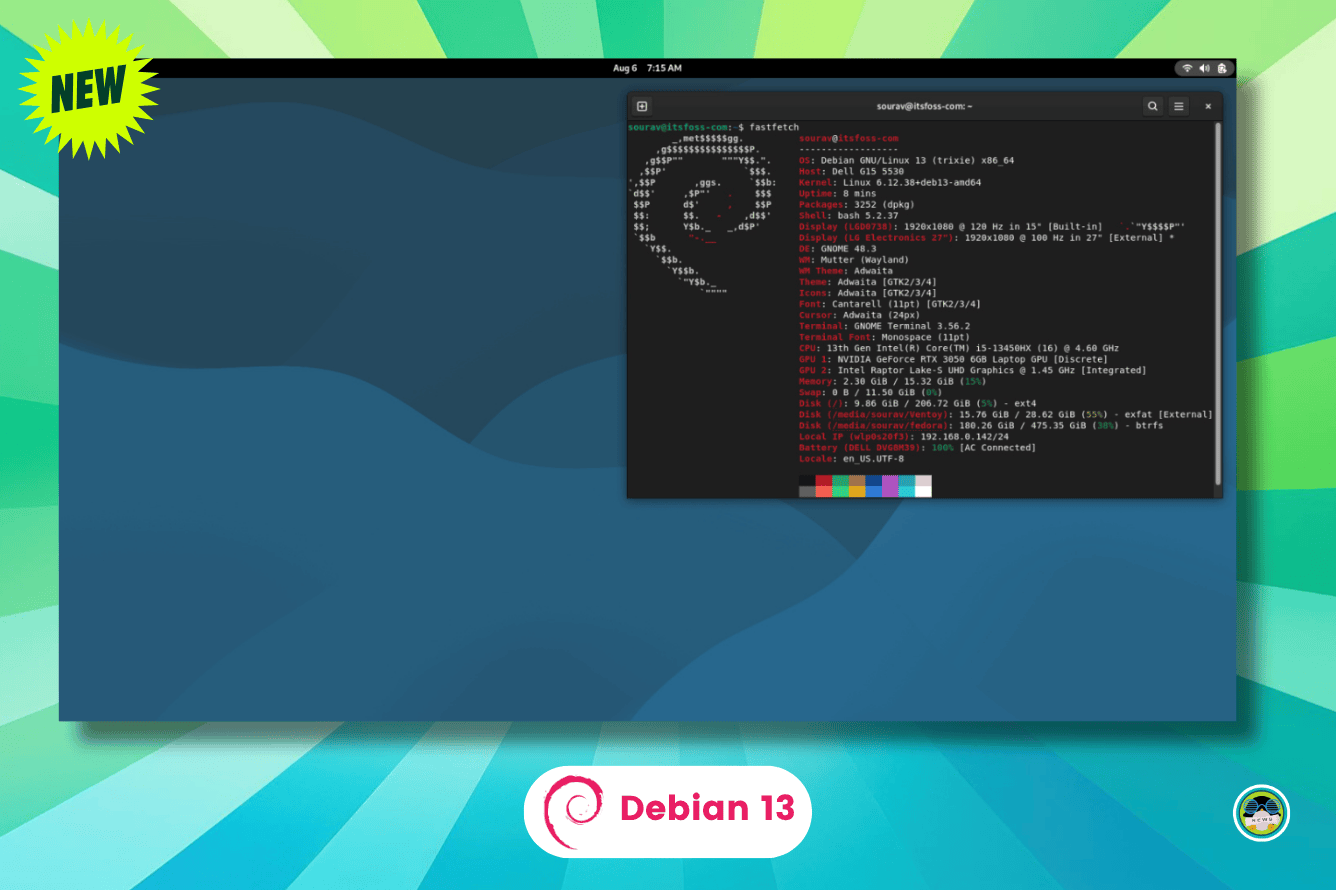
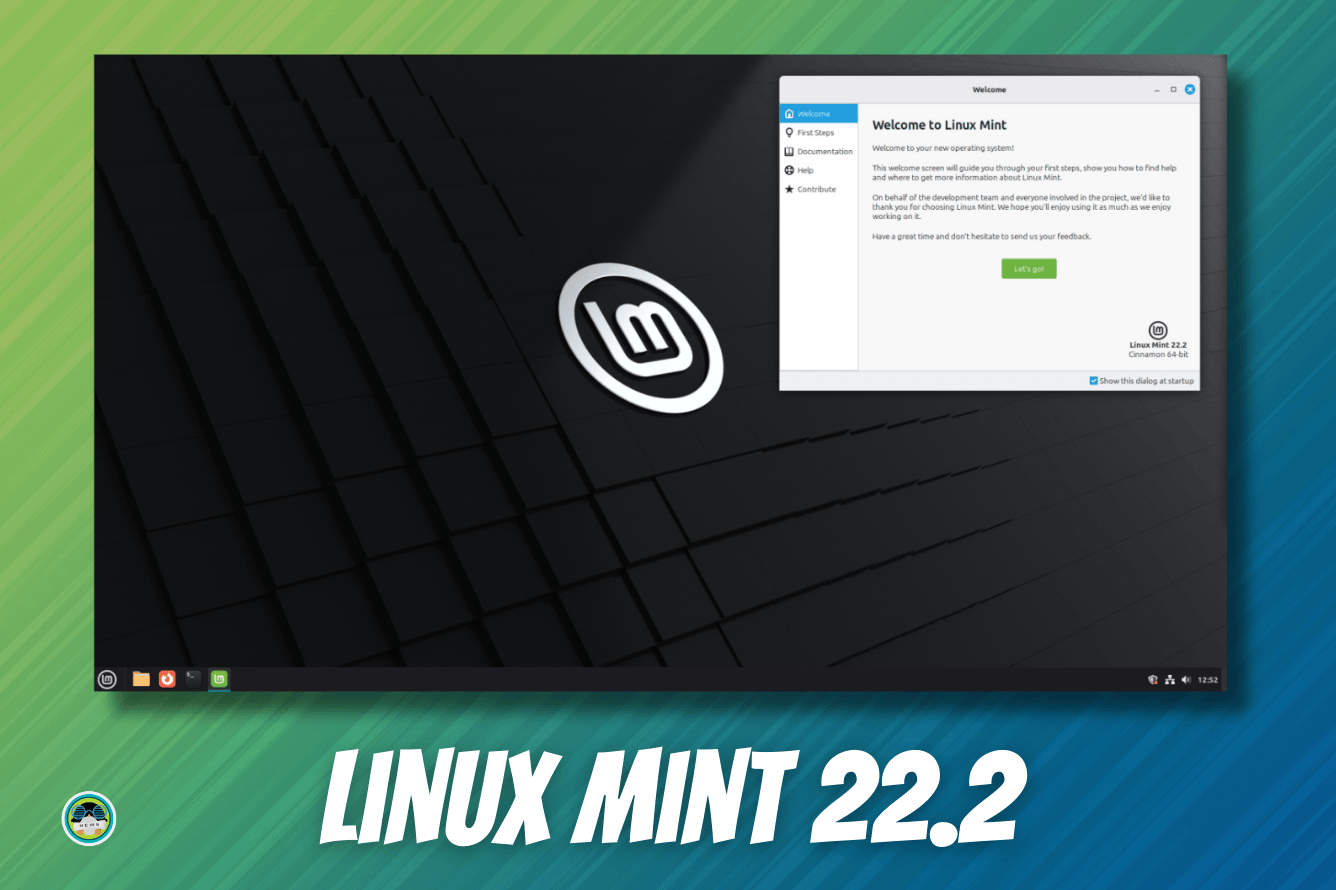
- Even the biggest players in the Linux world don't care about desktop Linux users. We do.
- We don't put informational content behind paywall. Your support keeps it open for everyone. Think of it like 'pay it forward'.
- Don't like ads? With the Plus membership, you get an ad-free reading experience.
- When millions of AI-generated content is being published daily, you read and learn from real human Linux users.
- It costs just $2 a month, less than the cost of your favorite burger.
Become a Plus Member today and join over 300 people in supporting our work.













